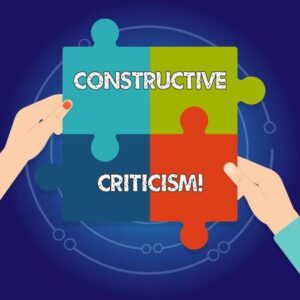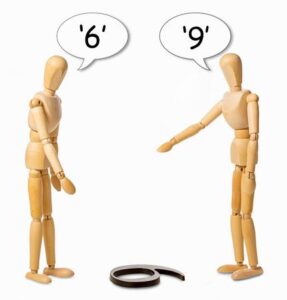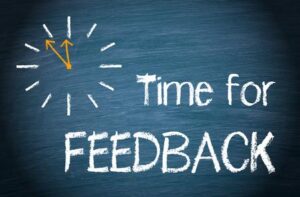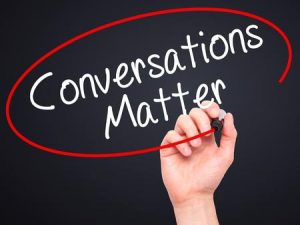Do You Really Need that Meeting?
Try keeping a scorecard for just one week –
- How many meetings produced a breakthrough idea?
- How many meetings didn’t need to be held at all?
- How many meetings taught you something you could have learned in less time elsewhere?
- How many meetings were held and you weren’t quite sure why?
- How many meetings produced absolutely no results?
Knowing how to assess if a meeting is needed enables you to save time, effort and money for your organization. It also, defines you as a leader who understands the importance of using other’s time in valuable ways.








